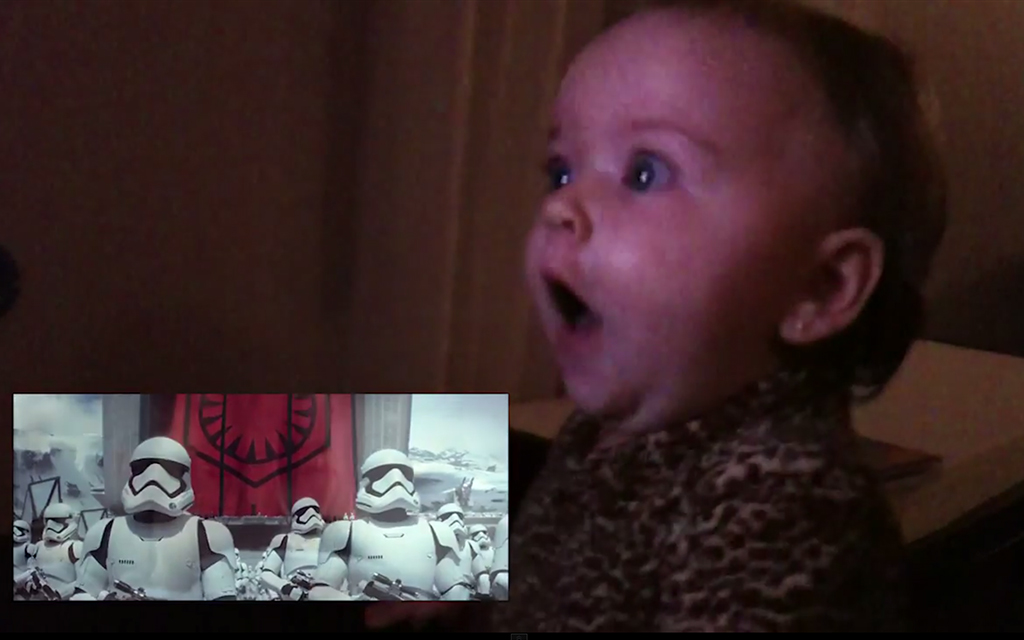During my normal morning routine of heading down to the cafeteria, grabbing a cheesy chorizo and egg burrito and settling in to watch the news for about 10 minutes before heading back to my desk, I saw a story on CNN about Brad Pitt suffering from prosopagnosia (Face Blindness). Apparently he has trouble connecting faces to names, which as you can imagine can be a real hurdle with the egotistic Hollywood types.
As I watched the story and learned what Face Blindness is, I realized I totally have this. I can never remember which waitress is serving my table, I have to meet someone and hear their name several times before it sticks and if I haven’t seen a person in a while I’m surprised by how much my memory has distorted what the person actually looks like.
Until recently, it was thought that very few people suffer from prosopagnosia. The condition has traditionally been studied in individuals who acquire the disorder following neurological damage (typically from stroke or head injury), and a handful of case studies were reported in the literature in the 20th century. However, it has recently become clear that many more people suffer from prosopagnosia without experiencing neurological damage. This form of the disorder is commonly referred to as “developmental” or “congenital” prosopagnosia, and these individuals simply fail to develop normal face processing abilities despite normal intellectual and perceptual functions. Developmental prosopagnosics have suffered from the face recognition impairment for most of their lives, perhaps since birth. Recent evidence suggests there may be a genetic contribution to developmental prosopagnosia, and several case studies report at least one first-degree relative who also suffers from the face recognition impairment.
Source: Centre For Face Processing Disorders
Now I feel better knowing I’m not the only person that gets embarrassed by always forgetting what people look like and having trouble placing names and faces. Maybe Brad and I should both get this checked out.












